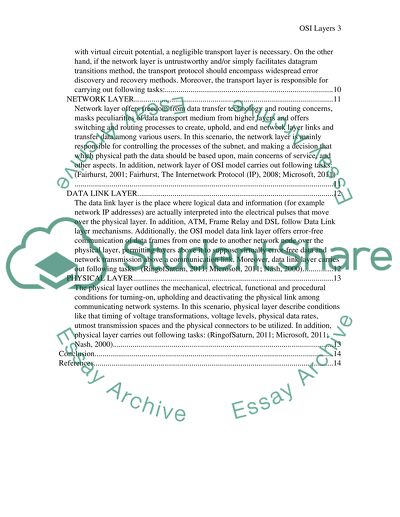Cite this document
(“OSI Layer Assignment Example | Topics and Well Written Essays - 1750 words”, n.d.)
OSI Layer Assignment Example | Topics and Well Written Essays - 1750 words. Retrieved from https://studentshare.org/information-technology/1436546-explain-in-detail-what-each-level-of-the-osi-model
OSI Layer Assignment Example | Topics and Well Written Essays - 1750 words. Retrieved from https://studentshare.org/information-technology/1436546-explain-in-detail-what-each-level-of-the-osi-model
(OSI Layer Assignment Example | Topics and Well Written Essays - 1750 Words)
OSI Layer Assignment Example | Topics and Well Written Essays - 1750 Words. https://studentshare.org/information-technology/1436546-explain-in-detail-what-each-level-of-the-osi-model.
OSI Layer Assignment Example | Topics and Well Written Essays - 1750 Words. https://studentshare.org/information-technology/1436546-explain-in-detail-what-each-level-of-the-osi-model.
“OSI Layer Assignment Example | Topics and Well Written Essays - 1750 Words”, n.d. https://studentshare.org/information-technology/1436546-explain-in-detail-what-each-level-of-the-osi-model.


